Membranes
In the Membranes research theme, we study how membrane-spanning proteins, in the form of receptors and transport proteins, collect and exchange information from their surroundings. A major focus is understanding how membrane function is controlled and how its dysfunction links to disease.
Unravelling the Basis of Kidney Disease using Single Cell Proteomics
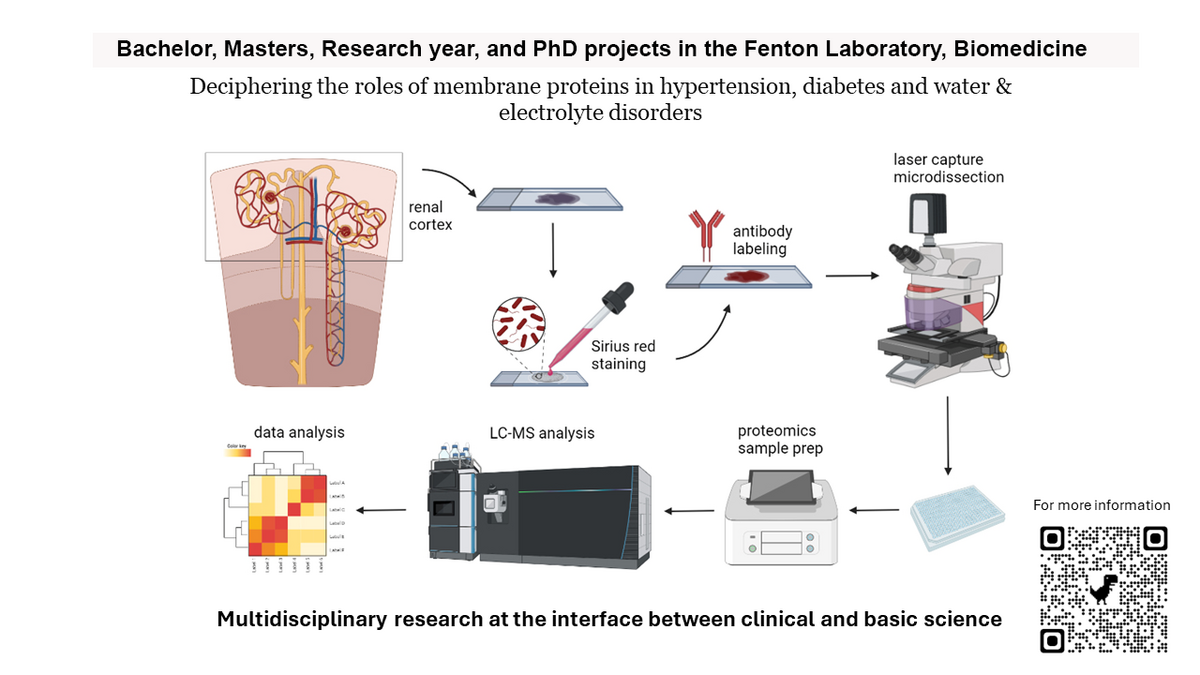
The Fenton Lab focuses on the molecular regulation of membrane proteins involved in ion and water transport. Our research aims to decipher the roles of specific membrane proteins in physiology and pathophysiology, especially their involvement in clinical conditions such as hypertension or diabetes and water and electrolyte disorders. We use a multidisciplinary approach, incorporating proteomics, transcriptomics, bioinformatics, cell biology, high-resolution imaging, and animal models and are at the interface between clinical and basic science.
Keywords
Cell biology
Bioinformatics
Proteomics
Mass spectrometry
Hypertension
SGLT2
Characterization of ASP+ binding to human albumin
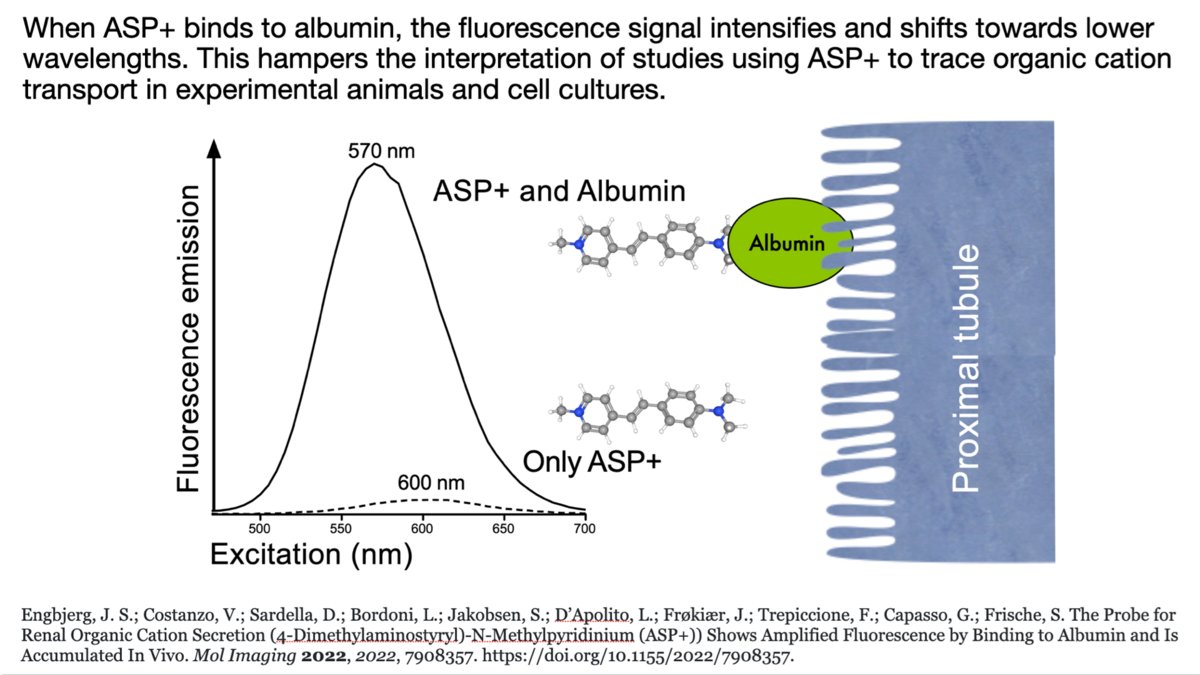
ASP+ is a fluorescent molecule used as a tracer to study organic cation transport in experimental animals and cells. However, we recently showed, that ASP+ binds to albumin and that this binding increases the fluorescence signal so much, that the knowledge on organic cation transport based on the use of ASP+ must be reevaluated. This evaluation will be part of the theoretical part of the project. Experimentally, the binding of ASP+ to albumin should be further characterized, i.e. the binding site should be identified using competition assays and influence of other ions on binding should be measured. Albumin binding is an important parameter when evaluating pharmacology of drugs, and this project will thus provide the student of knowledge and skills in this area.
Keywords
Organic cation transport
Drug binding
Albumin
Fluorescence techniques
Neurovascular signaling in control of cerebral blood flow, and its modifications in diseases
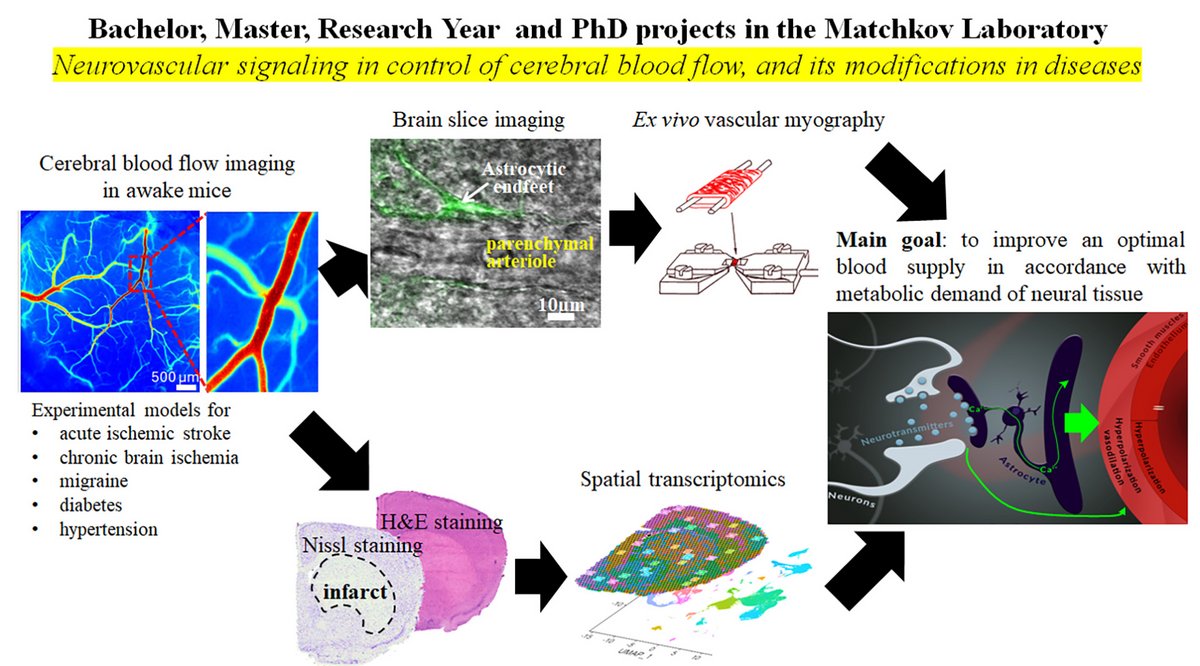
The Matchkov Lab is studying the communication between brain nervous cells and adjacent blood vessels that enables an adequate blood supply matching their metabolic demand. Disturbances in this neurovascular coupling lead to severe neurological disorders and were shown in many pathological conditions, e.g., acute ischemic stroke, chronic stress, major depression, migraine, Alzheimer disease, diabetes, and hypertension. Multiple signaling molecules (e.g., K+, ATP, adenosine, prostanoids) and different cell types (e.g., neurons, astrocytes, pericytes, smooth muscle and endothelial cells) are proposed to be involved in neurovascular signaling but specific pathway may vary depending on specific conditions and spatial localization. We are studying the changes in this neurovascular signaling under pathological conditions, as stroke and migraine, using a comprehensive approach that combines in-vivo live imaging of cerebral circulation with organ bath experiments and spatial omics. The group is conducting both animal model and human studies.
Keywords
Na,K-ATPase-dependent signaling
Neurovascular coupling
Cerebral blood flow control
Acute ischemic stroke
Familial migraine
Chronic stress
Markører for human nyre sygdom
Lithium (Li) salte er et lægemiddel til behandling af bipolar lidelse, men 40 % af patienterne udvikler nyresygdom med svær polyuri (Li-NDI). Sygdommen er forbundet med nedregulering af vandkanaler og en ændring i den cellulære sammensætning af nyrens samlerør hos rotter. For at undersøge om markører identificeret i rottemodeller kan overføres til den humane nyre, vil du komme til at teste ekspressionen af kendte markører i Li-behandlede slices fra humane nyrebiopsier. Det faktum, at ikke alle Li-behandlede patienter udvikler NDI, kan være relateret til flere årsager, såsom Li-dosis, behandlingsvarighed og køn. Det er uvist, om der på molekylært niveau er forskelle i nyren hos Li-patienter med NDI og Li-patienter uden NDI. Du vil komme til at analysere proteinsammensætningen i vesikler isoleret fra urinen fra en kohorte af Li-behandlede patienter både med og uden NDI.
Du vil være i et godt internationalt forskningsmiljø med andre studerende og laboranter, og med daglig kontakt til hovedvejleder.
Keywords
Cellebiologi
Nyresygdom
Biopsier
Mikroskopi
Cardiotonic steroids – poisons or remedies? Their interactions with the Na,K-ATPase.
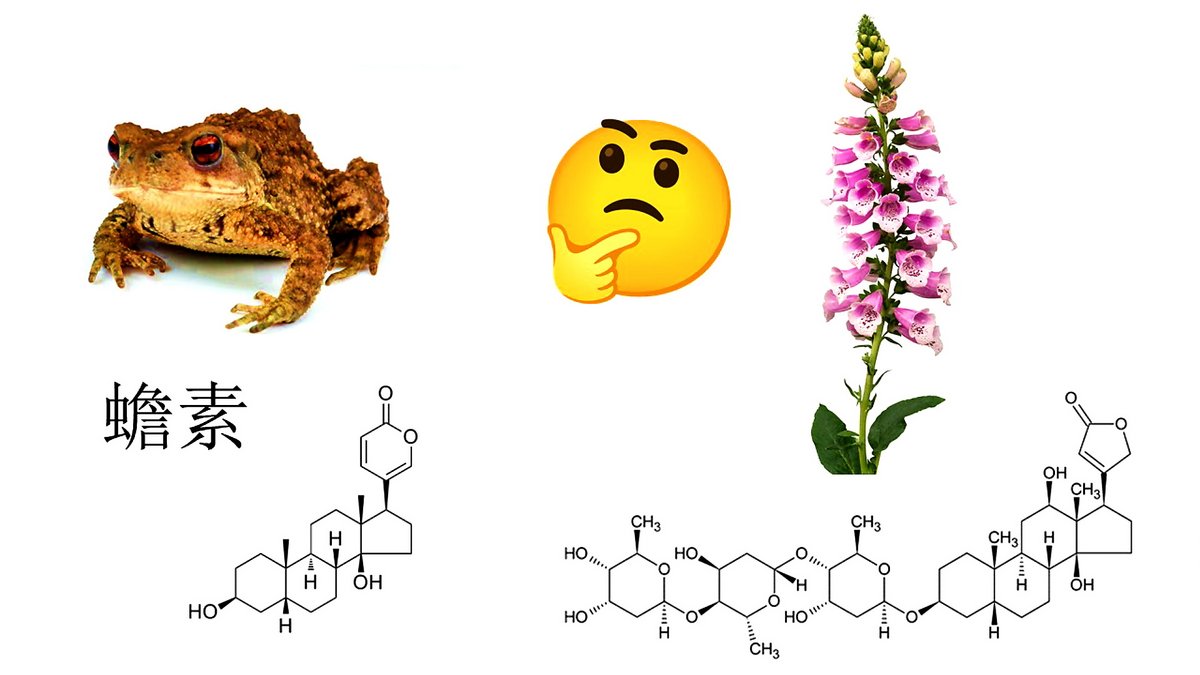
Cardiotonic steroids (CTS) have been known as cardiovascular drugs in Western medicine since 1785 when Dr. Withering published his “An Account of the Foxglove, and Some of Its Medical Uses”. Identification of the active compounds (cardenolides), discovery of the target protein (Na,K-ATPase), and the description of the mechanism for the strengthening effect on the heart muscle occurred much later.
The Chinese traditional medicine has been utilizing CTS compounds found in toad extract Chansu for over 1000 years. They belong to another CTS subfamily (bufadienolides) known as remedies against malignant cell growth. The China Food and Drug Administration has already approved Chansu for the use in combination with conventional chemotherapy.
The work in the lab will address various aspects of the following problem: Are there any differences in the Na,K-ATPase interactions with bufadienolides vs. cardenolides, which may account for the prevalence of one pharmacological effect over another?
Keywords
Membrane-bound proteins
Ligand binding
Kinetics
Structure-function relationships
Role of the bicarbonate transporters in cerebrospinal fluid homeostasis

Our lab focuses on understanding the role of membrane transporters that belong to groups of proteins known as bicarbonate transporters. We study these transporters in the choroid plexus of the brain. The choroid plexus secretes the majority of cerebrospinal fluid that covers the brain and spinal cord.
Examples of projects in our lab include studying single point mutations in the bicarbonate transporters known from patients. The mutated protein is expressed in culture cells and the impact of the mutation is investigated using immunocytochemistry to confirm membrane expression and live cell imaging of intracellular pH to study function of the mutated protein. Other projects involve studying the regulation of the bicarbonate transporters in response to treatment with different drugs that are used in the treatment of disorders of the cerebrospinal fluid such as hydrocephalus.
Keywords
Bicarbonate transporter
Cerebrospinal fluid
Choroid plexus
Live cell imaging
Role of endocytic receptors in kidney health and disease
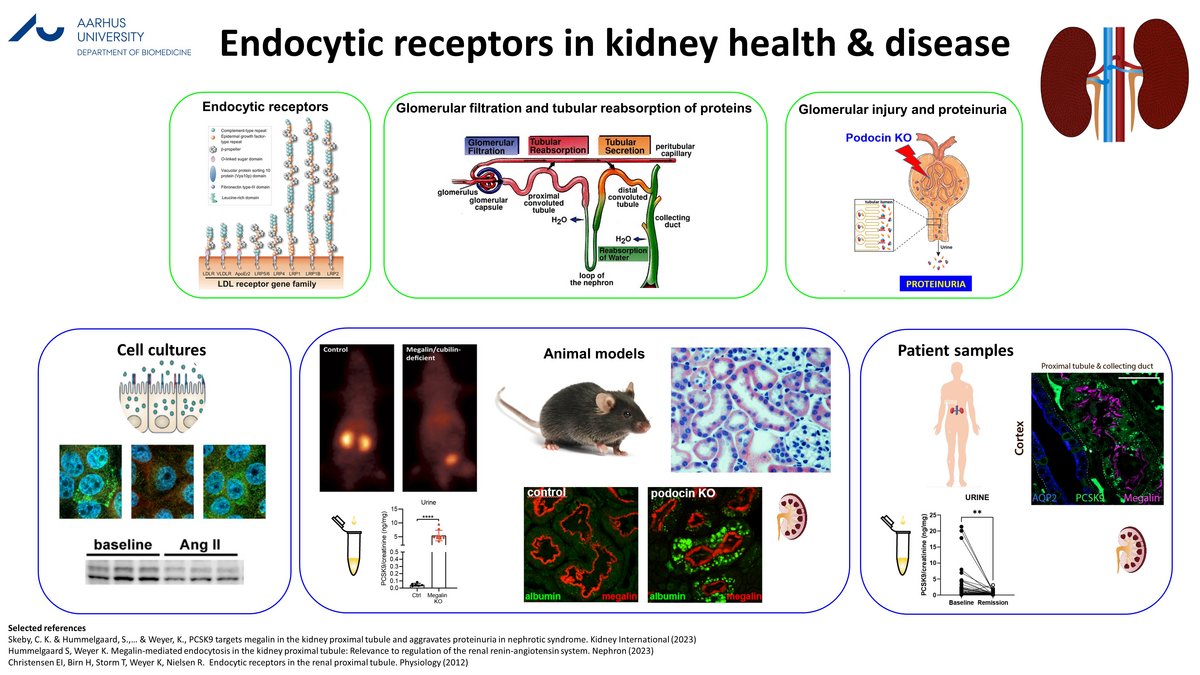
Our research focuses on unraveling molecular mechanisms underlying kidney function and disease, with a particular emphasis on understanding proteinuria and its major associated comorbidities, including hyperlipidemia and hypertension. Specifically, we investigate the roles of endocytic receptors such as LDLR, megalin, and cubilin, and their interactions with proteins like PCSK9 and albumin. We aim to study these processes at the molecular, cellular and organism level. We utilize a wide range of in vitro and in vivo techniques, including transgenic mouse models, tissue analysis by immunohistochemistry (light and confocal microscopy), protein analysis by Western blotting and ELISA, RNA sequencing (qRT-PCR and transcriptional analysis), and culturing of cell lines. We further collaborate with clinicians on human samples to translate our discoveries for the benefit of patients.
We are looking for students at all levels. You are welcome to contact me for an informal talk on current projects and opportunities.
Keywords
Kidney
Proteinuria
Receptor
Endocytosis
Hyperlipidemia
Hypertension






